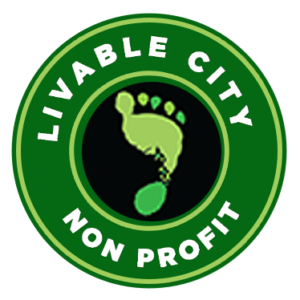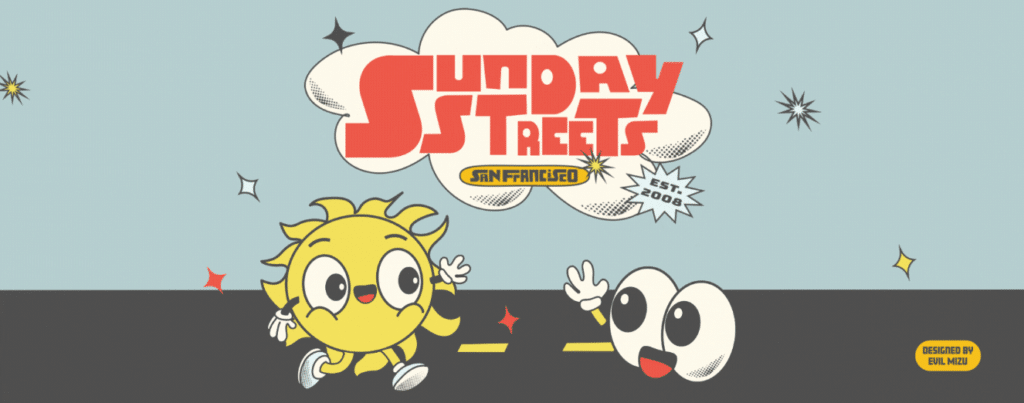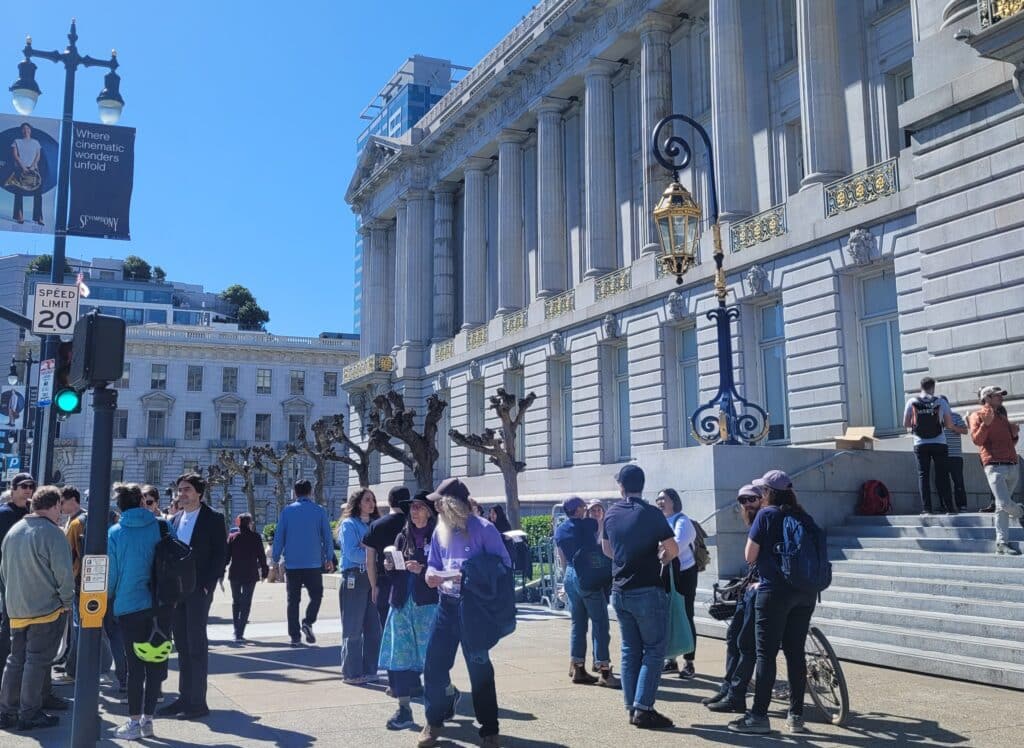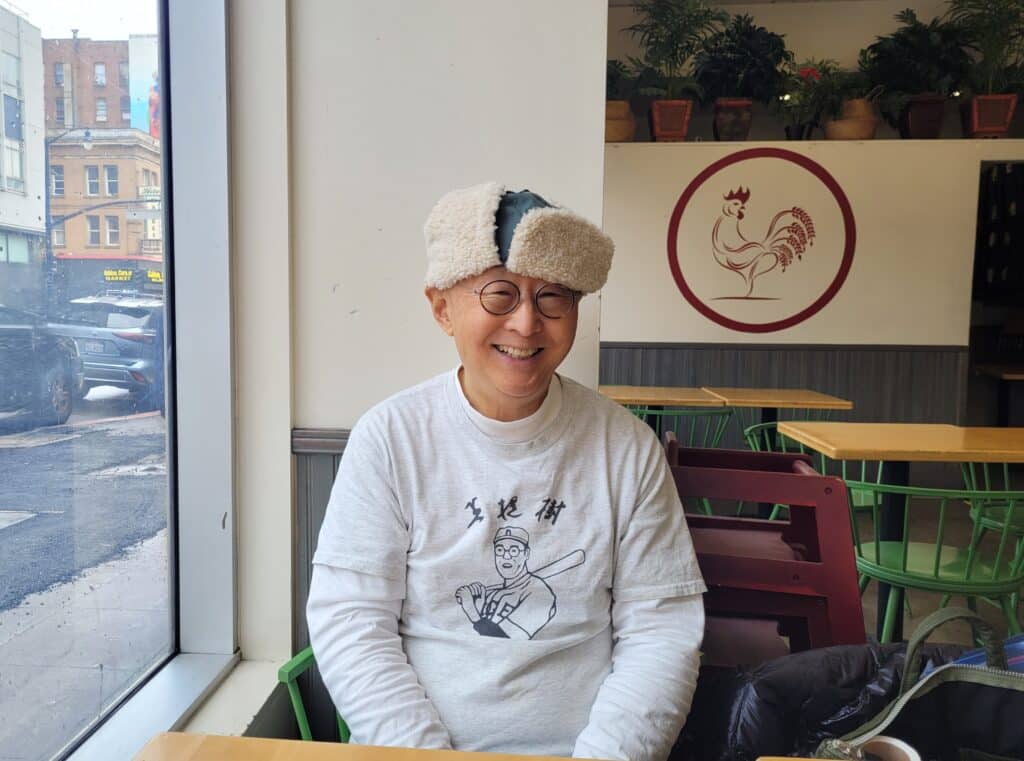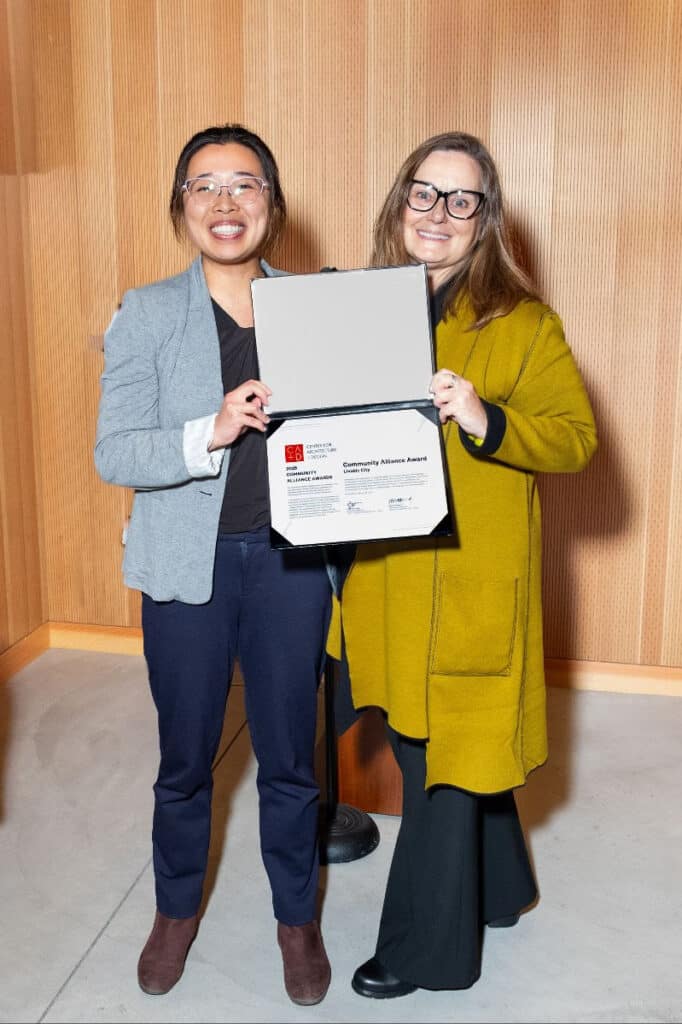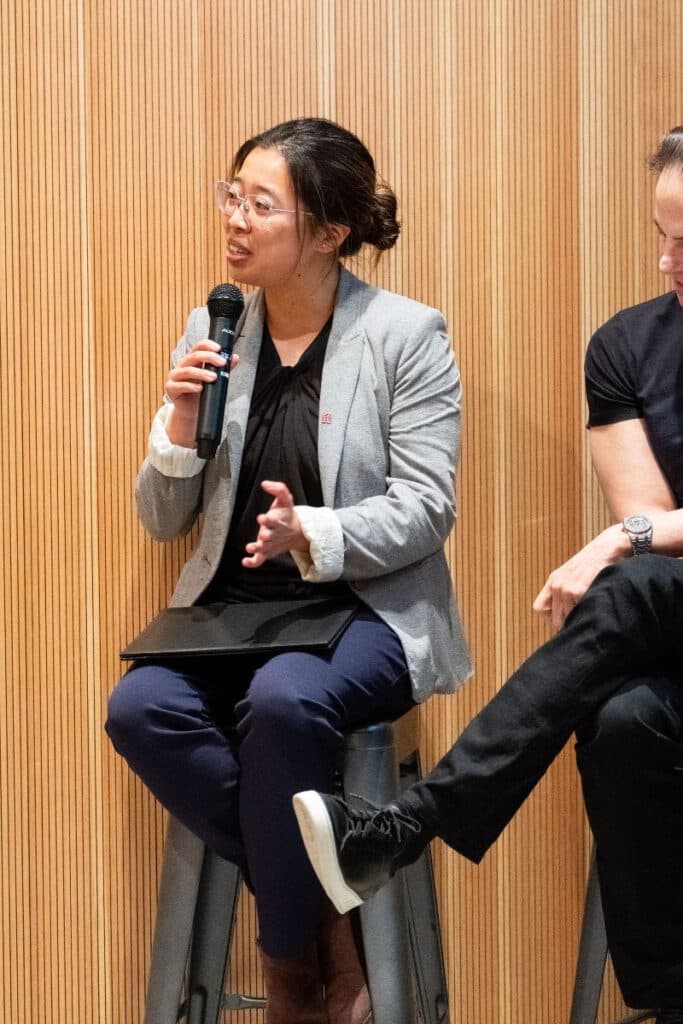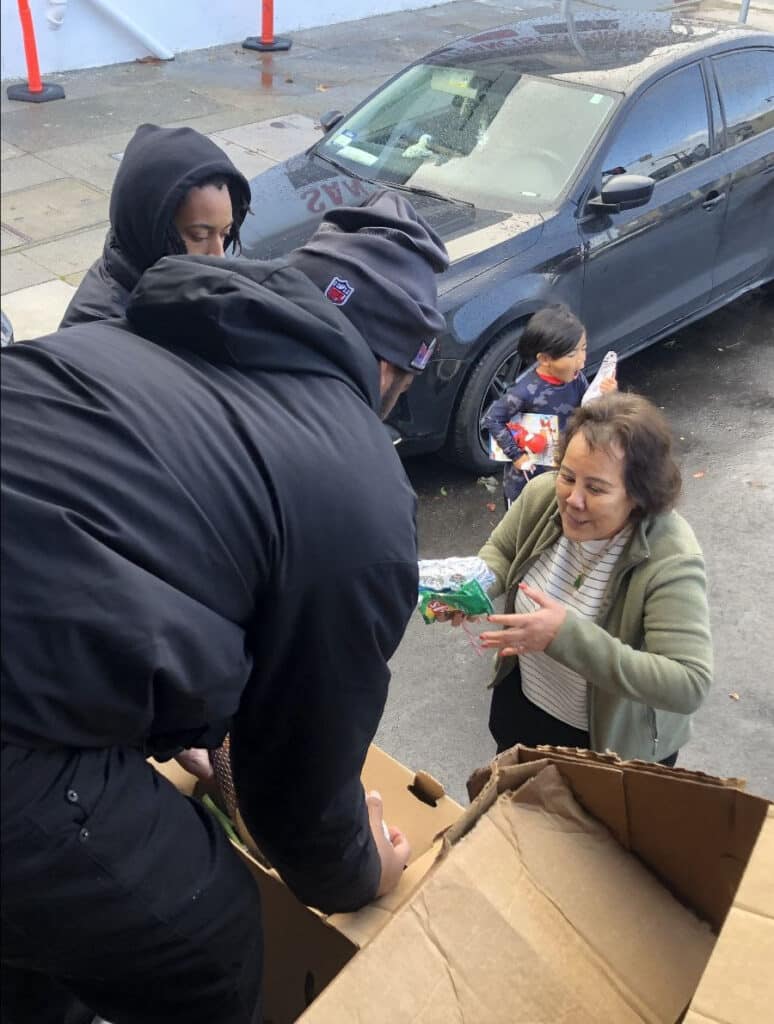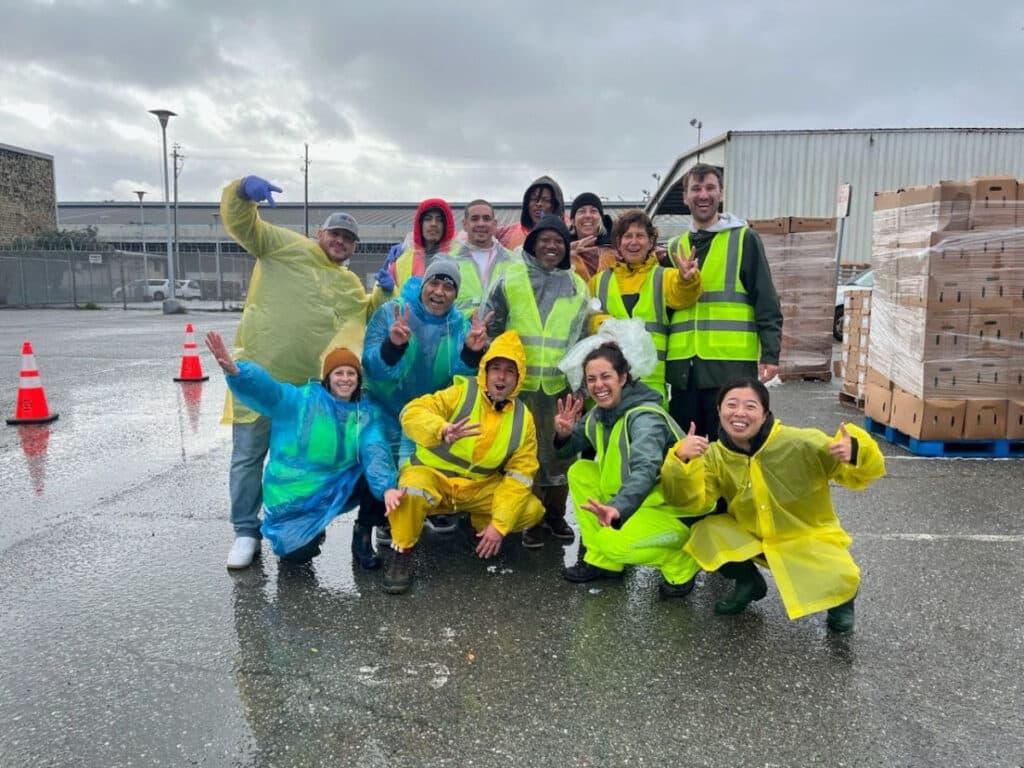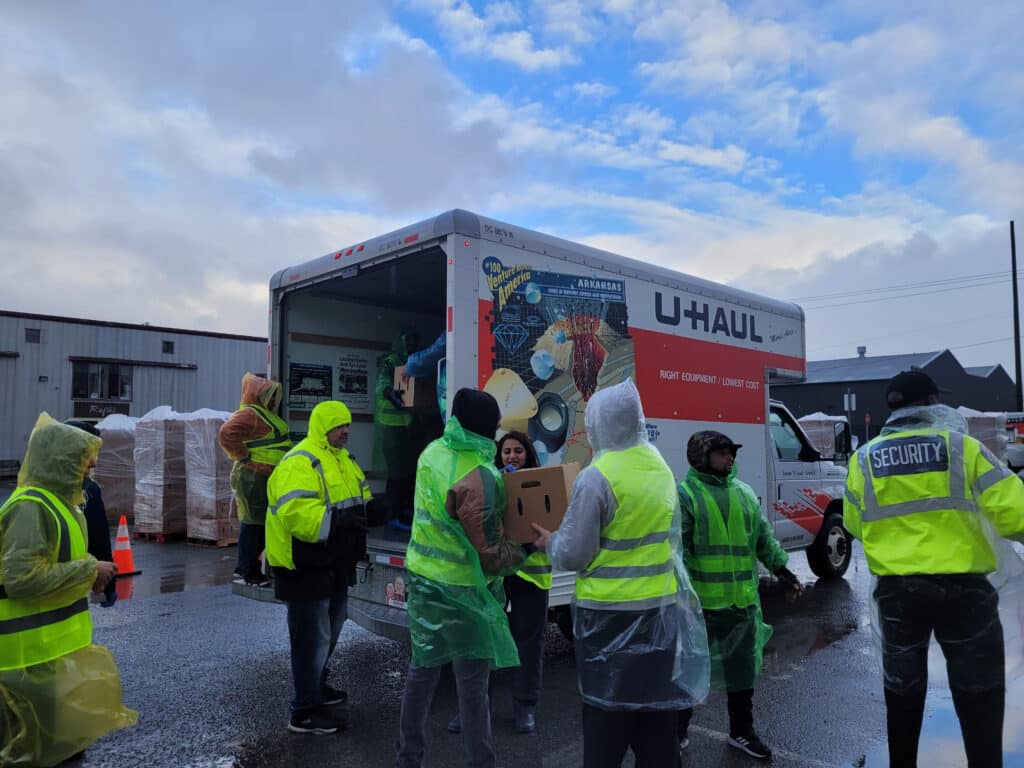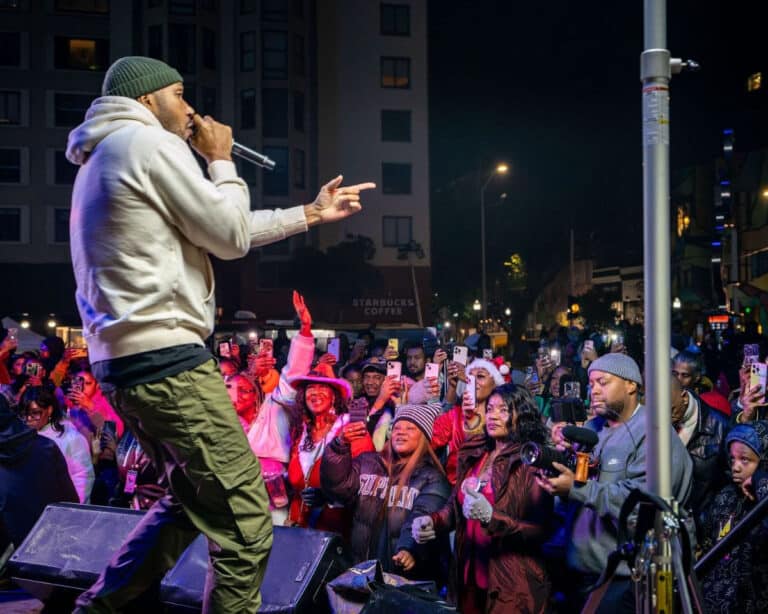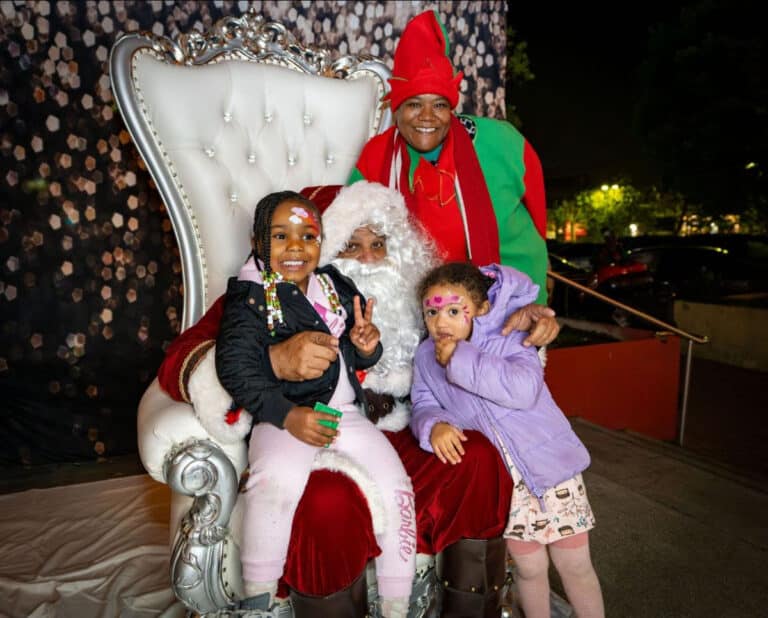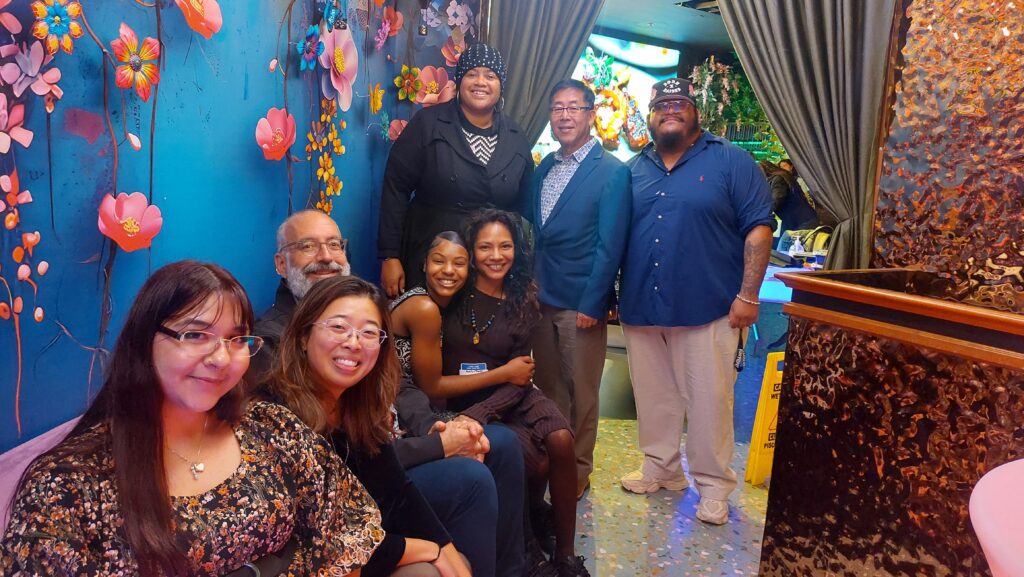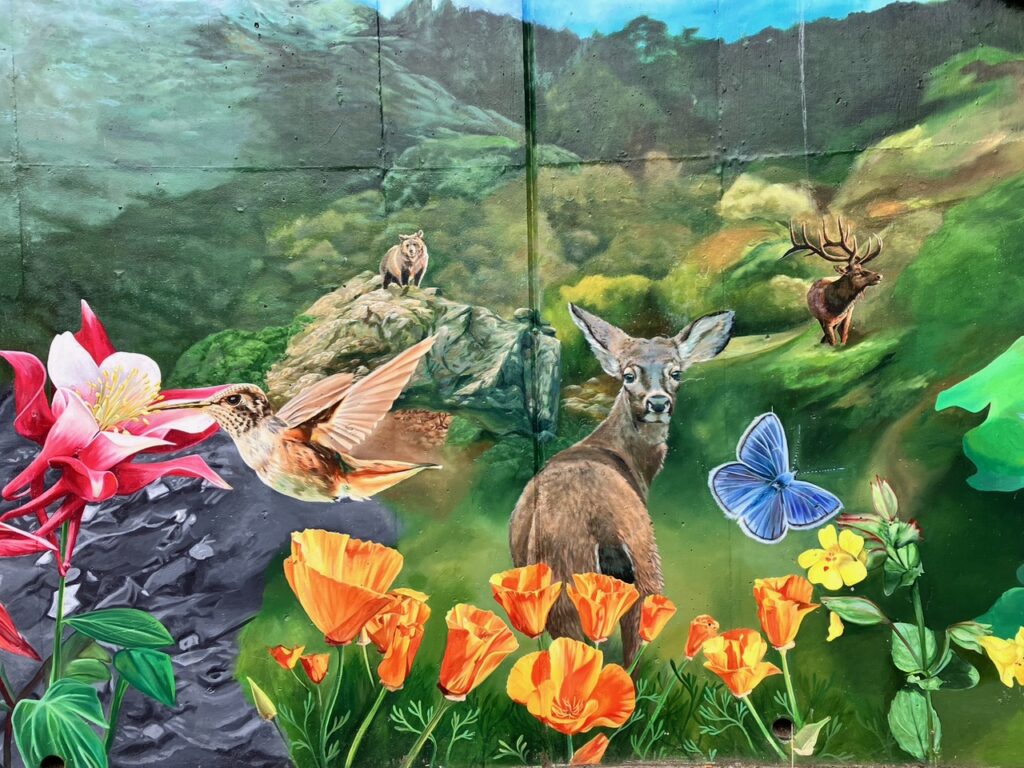
May 22nd is International Day for Biodiversity, commemorating the United Nations’ adoption of the Convention on Biological Diversity in 1992. Humankind is beginning to understand the importance of conserving biodiversity for human and planetary health, and more people are awakening to understanding that the living beings we share the planet with, and the land and waters, are intrinsically valuable rather than simply of use to humankind.
We often think of biodiversity as concentrated in places like the Amazon or the Serengeti. But we San Franciscans also live in a biodiversity hotspot. The Bay Area is part of the California Floristic Province, one of the planet’s 36 most biologically diverse yet threatened areas. UNESCO recognized the coastal lands and waters of Sonoma, Marin, San Francisco, and San Mateo Counties as the Golden Gate Biosphere Reserve for its outstanding marine, terrestrial, and freshwater biodiversity.
Living in a green city with access to nature also improves human health and happiness. The IUCN devised the 3-30-300 rule for cities to provide more equitable access to nature and improve human well-being. Every city dweller should have 3 trees visible from their home, a 30% tree canopy cover on their street, and be within 300 meters (approximately 1000 feet) of a park or green space.
Greening the city also offers solutions to some of San Francisco’s pressing infrastructure and climate adaptation challenges. As the climate crisis worsens, cities will be exposed more often to heat waves and floods. Street and garden trees cool buildings and neighborhoods and improve air quality. Replacing impervious asphalt, concrete, and rooftops with parks, sidewalk gardens, tree basins, and green roofs reduces runoff and flood risk. San Francisco’s combined sewer system routinely floods some low-lying neighborhoods and releases untreated sewage into the Bay and the Ocean during large rainstorms. Greener streets, more parks and gardens, and specially designed floodable parks can reduce water pollution and protect homes and businesses from flooding. The San Francisco Waterfront Flood Study by the Port of San Francisco and Army Corps of Engineers is evaluating nature-based solutions, including “horizontal levees’’ and oyster beds, along sections of San Francisco’s eastern waterfront to protect against sea level rise and storm surges. Green infrastructure can be more cost-effective than conventional engineering, while providing additional benefits such as green space, habitat and biodiversity, and improved watershed health.
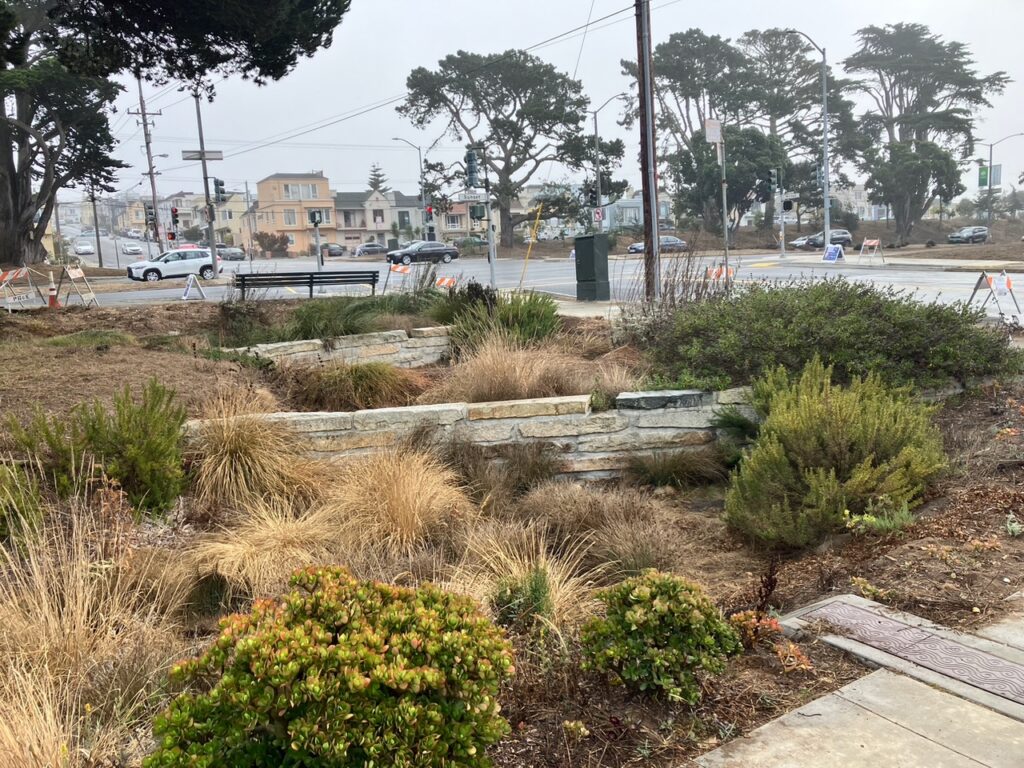
Greening the City would go a long way towards advancing environmental justice and reducing health disparities between communities. The Planning Department created an environmental justice burden map in 2020, which looks at the cumulative impact of environmental factors like pollution, noise, unsafe streets, and exposure to extreme heat and flooding. The map shows big disparities between San Francisco neighborhoods, with neighborhoods like SoMa, the Tenderloin, North Mission, and Bayview suffering from decades of under-investment in parks, greener streets, and pollution cleanup, and over-prioritizing commuter auto traffic rather than safe and sustainable mobility options for residents and community use of streets.
San Francisco has some strong policies. We have a Better Streets and Complete Streets ordinances, a biodiversity program and policy, and a Natural Areas Plan. However City practices and priorities are often not aligned with our forward-looking policies. For decades the City invested too little, and too sporadically, in street trees and sidewalk gardens, parks and community gardens in underserved neighborhoods, and habitat restoration and stewardship.
Despite the City’s looming budget deficit and the Trump Administration’s hostility to most things green, we can progress towards becoming a greener, healthier, more biodiverse, and more environmentally just city. Some of the initiatives we’re working on include:
- Expand public open space in high-need and biodiverse areas. San Francisco is the first city in the US where every resident lives within 10 minutes walk of a park. San Franciscans can be rightly proud of our park system and building on our achievements by expanding park space in neighborhoods where parks are too small, or which lack key open space types like community gardens, playgrounds, or places for quiet connection with nature. Our City Charter dedicates a small percentage of the City’s property tax revenue to the Park, Recreation, and Open Space Fund which is used to acquire land for new parks or expand existing ones. $2.2 million will go into the fund in the current fiscal year. That’s not a lot of money for a city of San Francisco’s size and real estate prices. However we have a one-time opportunity to expand open space with Proposition 4, the California climate bond which passed in November and contains $1.2 billion to protect biodiversity and habitat and $700 million for greening, urban parks, and access to nature. And this year Livable City convinced the City to designate our most flood-prone equity neighborhoods as Priority Conservation Areas, which makes them eligible for regional grants to acquire and green public spaces.
- Implement the 3-30-300 rule in City planning. With better planning neighborhoods can grow greener and healthier even as they grow denser. New developments can green on-site open spaces, and improve adjacent streetscapes with street trees and sidewalk gardens, and living alleys. Livable City successfully championed stronger streetscape and greening and permeability standards for required yards and setbacks in the planning code. We are advocating for the 3-30-300 rule in current rezoning proposals and neighborhood plans, and for permit reform which makes it easier to green public rights-of-way.
- Support community greening initiatives. Greening and stewarding public spaces together builds community cohesion and resiliency, and is a potent antidote for loneliness and doomscrolling. City government does support cleanup days and provide grants for community projects. But getting projects approved can be inscrutable and drawn-out, and grant programs can be complicated to access and administer, and assistance with design, implementation, and maintenance is sporadic. Permit reforms like Shared Spaces and Love Our Neighborhoods have removed some red tape, but more needs to be done. We’re advocating for further permit reform, accessible grant programs, and greater City support for greening initiatives, including design and technical assistance, clearer guidelines, and providing plants and mulch. We also want the City to make it easy for neighbors to reclaim daylighted intersections for greening, seating, bike parking, and other amenities.
- Use clean water funding to green the city. The SFPUC’s Green Infrastructure Program will spend $100 million on green infrastructure projects over the next decade. Green infrastructure can be integrated with street safety and traffic calming to create more people-friendly streets, as with the wiggle project. Realizing complete streets requires better engagement with communities to plan their streets, and better coordination between SFPUC, SFMTA, Public Works, and other city agencies. We’re working with neighbors on pilot projects which integrate green infrastructure with other community priorities, like safer streets, green spaces, and community use of streets, and advocating for better interdepartmental coordination, community planning, and user-friendly grant programs.
- Conserve and connect City-owned open space and biodiverse lands. Many of San Francisco’s open spaces and natural areas, including Twin Peaks, Bernal Hill, Bayview Hill, and the eastern waterfront, have fragmented governance and lands held by departments which lack the focus and capacity to manage them well. Our draft Twin Peaks Plan recommends transferring several City properties, including the popular Christmas Tree Point overlook, to the Recreation and Parks Department. Transferring other open space lands can improve stewardship and accountability.

